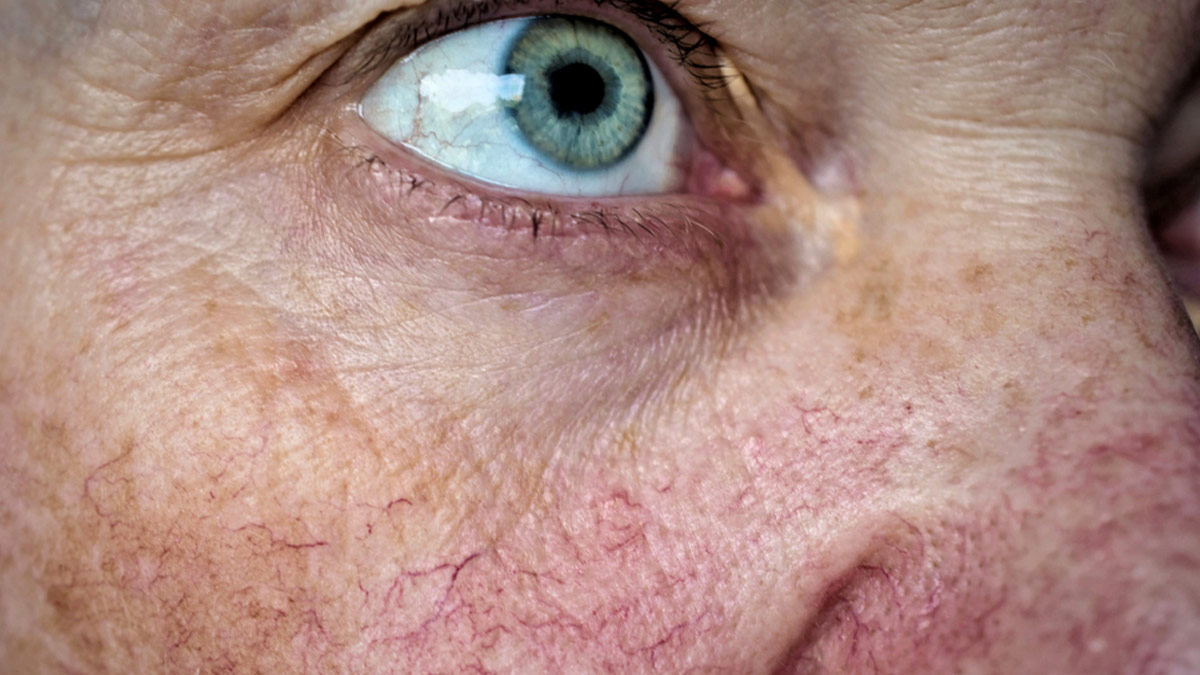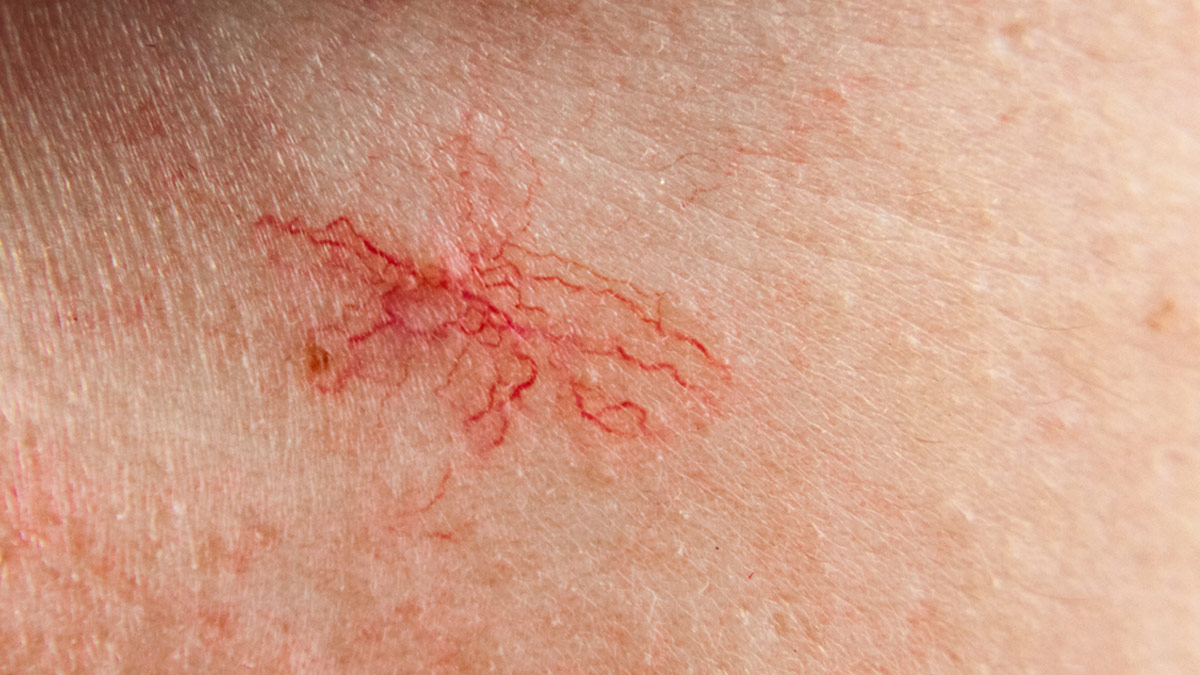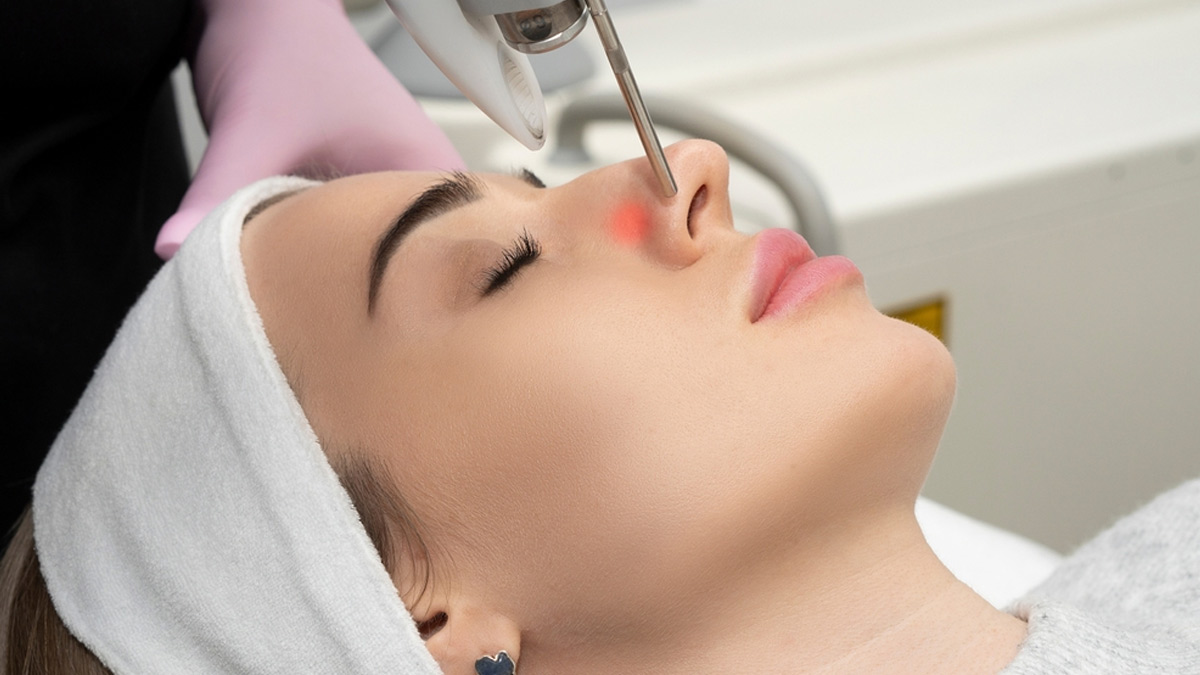
Broken or damaged blood vessels, also known as spider veins, can occur anywhere in the body, including the face. Though harmless, it can cause cosmetic concerns and may impact confidence levels in some people. When these show up on the face, they appear as small, red lines that form in the shape of a spider's web, hence the name. The good news is that spider veins can be treated, and in certain cases, they can even be prevented. Speaking with the OnlyMyHealth team, Dr Swapna Priya, Consultant Dermatologist, CARE Hospitals, HiTec City, Hyderabad, shed light on the same.
Table of Content:-
Also Read: Study Finds Unhealthy Diet May Damage Blood Vessels
What Causes Broken Blood Vessels On The Face?

Broken blood vessels on the face are not restricted to any age and can stem from a variety of different causes, both internal and external, says Dr Priya. These include:
Genetics: According to the doctor, the majority of people who develop spider veins have a genetic link or have family members who also have the condition.
Age: Weakened blood vessels as a result of ageing may cause spider veins to emerge. Research suggests that spider veins are most prevalent among people aged between 30 and 50 years old.
Sun exposure: Extended exposure to the sun can enlarge or weaken the blood vessels, also making them more susceptible to rupture, says Dr Priya.
Alcohol: Excessive consumption of alcohol is known to dilate blood vessels and increase the chance of rupture.
Rosacea: People with some types of rosacea, a chronic, inflammatory skin condition, may experience visible blood vessels and redness of the skin.
Apart from the above-mentioned causes, other factors that may contribute to broken blood vessels include hormonal changes, pregnancy, use of certain medications, weather changes, trauma (injury), liver disease, changes in blood pressure, and other underlying medical conditions, adds Dr Priya.
Treatment Options

The diagnosis of broken blood vessels on the face can be conducted with a visual examination by a doctor, according to the doctor.
Depending on the cause and the severity of the condition, treatment options may vary from person to person. Some treatment options that can be considered include:
- Laser treatment, also known as laser therapy, can help fade the appearance of spider veins on the face.
- Topical creams, like retinoids or creams containing anti-inflammatory ingredients, can build up blood vessel walls.
- Oral medications or vitamin supplements may be recommended by the doctor to lessen the appearance of spider veins.
- Intense pulsed light uses light that enters the second layer of skin and selectively targets blood vessels.
Also Read: "If It Isn't Varicose Veins, What's Causing My Veins To Bulge" Expert Shares Possible Reasons
Ways To Prevent The Condition

Fortunately, with proper measures, you can prevent and reduce the risk of broken blood vessels on the face. Some necessary steps include:
- Limiting alcohol consumption
- Avoiding sun exposure and shielding oneself from harmful ultraviolet (UV) rays
- Use good sunscreen with a minimum Sun Protection Factor (SPF) of 30, especially with prolonged exposure to the sun.
- Avoiding trigger
- Use gentle skincare products.
- Visit a dermatologist to understand the severity of your condition and for a regular assessment.
- Eat a healthy diet.
- Manage stress levels.
- Stay adequately hydrated.
Conclusion
Broken blood vessels, or spider veins, on the face are common and should not be a cause for worry. In fact, most often, there are no other symptoms. However, understanding the cause of your condition and treating the underlying causes may prevent future complications. You can also consult a dermatologist or a doctor to explore your options for treating spider veins.
Also watch this video
How we keep this article up to date:
We work with experts and keep a close eye on the latest in health and wellness. Whenever there is a new research or helpful information, we update our articles with accurate and useful advice.
Current Version